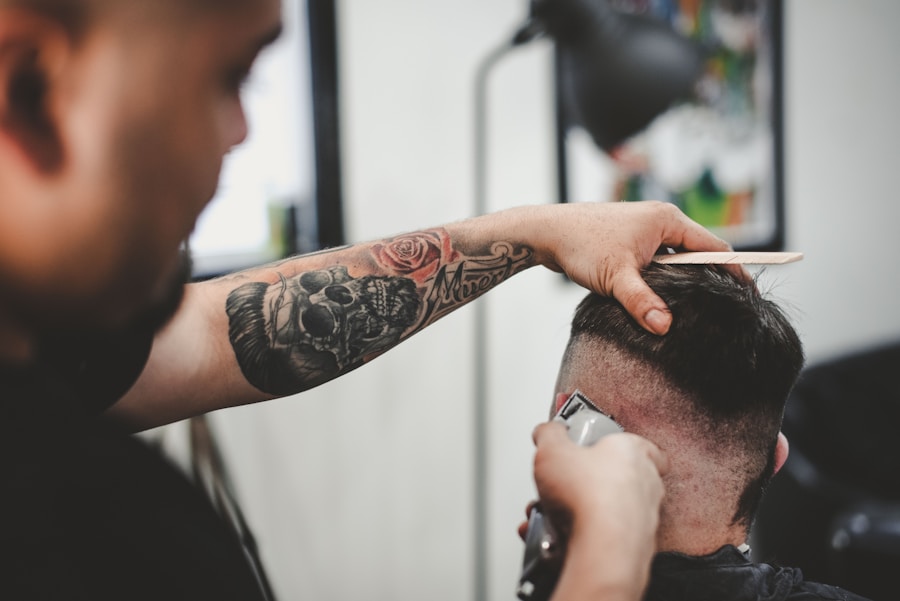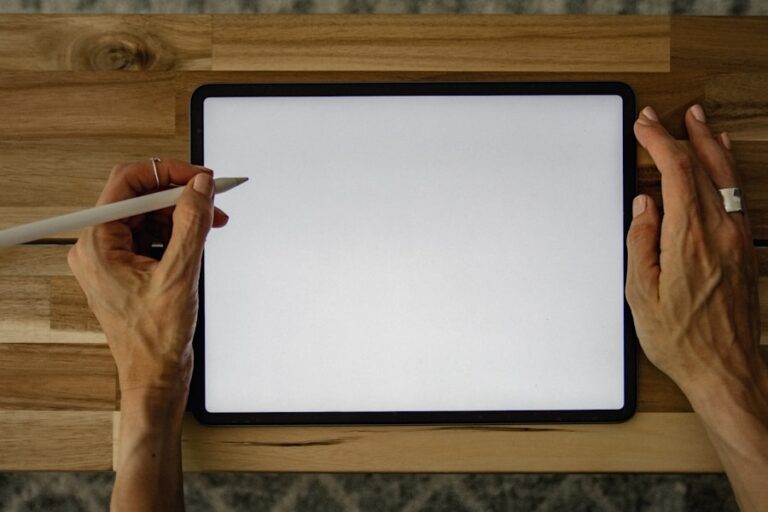The Ultimate Guide to Creating Realistic Digital Hair in Your Artwork
When it comes to creating realistic digital hair, it’s essential to have a solid understanding of the basics of hair anatomy. Hair is made up of three main layers: the cuticle, cortex, and medulla. The cuticle is the outermost layer of the hair shaft and is composed of overlapping scales that protect the inner layers of the hair. The cortex is the middle layer and contains the pigment that gives hair its color. The medulla is the innermost layer, although it is not always present in every hair strand.
In addition to understanding the layers of hair, it’s important to consider the different types of hair textures and patterns. Hair can be straight, wavy, curly, or coily, and each type requires a different approach when creating digital hair. Understanding the natural movement and flow of different hair textures is crucial for achieving realistic results in digital hair creation. By studying the anatomy and characteristics of real hair, digital artists can better replicate these qualities in their work.
Choosing the Right Tools and Software for Digital Hair Creation
Once you have a solid understanding of hair anatomy, it’s important to choose the right tools and software for digital hair creation. There are a variety of software programs available that are specifically designed for creating realistic hair, such as Blender, ZBrush, and Maya. These programs offer a range of tools and features that allow artists to sculpt, texture, and style digital hair with precision and control.
In addition to software, it’s also important to have the right hardware for digital hair creation. A high-quality graphics tablet and stylus can make a significant difference in the level of detail and precision that can be achieved when creating digital hair. Investing in a powerful computer with a fast processor and plenty of RAM is also essential for handling the complex calculations and rendering required for realistic digital hair creation. By choosing the right tools and software, digital artists can set themselves up for success in creating lifelike digital hair.
Creating a Solid Foundation for Realistic Hair Texture and Color
One of the key elements of realistic digital hair creation is achieving lifelike texture and color. To create a solid foundation for realistic hair texture, it’s important to start with a high-quality base mesh that accurately represents the shape and structure of real hair strands. This base mesh can then be sculpted and refined to add volume and dimension to the digital hair.
When it comes to color, it’s important to consider the natural variations and highlights that are present in real hair. Using a combination of texture maps, such as diffuse, specular, and displacement maps, can help to create a more realistic appearance for digital hair. By carefully considering the texture and color of real hair, digital artists can create a solid foundation for realistic digital hair that will serve as the basis for further styling and detailing.
Mastering the Art of Shaping and Styling Digital Hair
Once a solid foundation for realistic hair texture and color has been established, it’s time to master the art of shaping and styling digital hair. This involves using a combination of sculpting tools and techniques to create the desired shape and flow of the digital hair. By carefully manipulating the base mesh and adding additional strands and layers, digital artists can achieve a natural and dynamic appearance for their digital hair.
In addition to shaping, styling digital hair also involves considering the different elements that contribute to a realistic hairstyle, such as parting, layering, and frizz. By paying attention to these details and using a variety of sculpting brushes and techniques, digital artists can create a wide range of hairstyles that look natural and believable. Mastering the art of shaping and styling digital hair is essential for creating realistic and visually appealing digital characters.
Adding Depth and Dimension to Your Digital Hair
To take your digital hair creation to the next level, it’s important to add depth and dimension to your work. This involves using a combination of shading, lighting, and texturing techniques to create a more realistic appearance for your digital hair. By carefully considering how light interacts with different strands of hair, digital artists can create a sense of depth and volume that adds realism to their work.
In addition to shading and lighting, adding dimension to digital hair also involves using advanced texturing techniques to create natural variations in color and tone. This can include adding highlights, lowlights, and subtle variations in hue to create a more natural appearance for your digital hair. By paying attention to these details and using a variety of texturing techniques, digital artists can add depth and dimension to their digital hair that enhances the overall realism of their work.
Tips and Tricks for Achieving Natural Movement and Flow in Digital Hair
Achieving natural movement and flow in digital hair is essential for creating realistic and visually appealing characters. To achieve this, it’s important to consider how different types of hair textures move and behave in real life. Straight hair will move differently than curly or coily hair, so it’s important to study these natural movements and apply them to your digital hair creation.
In addition to studying natural movements, there are also a variety of tips and tricks that can be used to achieve natural movement and flow in digital hair. This can include using dynamic simulation tools to create realistic movement in your digital hair, as well as carefully considering how gravity and wind will affect the appearance of your digital hair. By paying attention to these details and using a variety of techniques, digital artists can achieve natural movement and flow in their digital hair that enhances the overall realism of their work.
Final Touches and Detailing for Seamless Integration of Digital Hair into Your Artwork
The final touches and detailing are crucial for achieving seamless integration of digital hair into your artwork. This involves carefully refining the shape, texture, and color of your digital hair to ensure that it complements the overall composition of your artwork. By paying attention to these details and using a variety of techniques, digital artists can ensure that their digital hair looks natural and believable within their artwork.
In addition to final touches and detailing, it’s also important to consider how your digital hair will interact with other elements in your artwork, such as lighting, shadows, and reflections. By carefully integrating your digital hair into your artwork and considering how it interacts with other elements, you can achieve a seamless and cohesive appearance that enhances the overall impact of your work. By paying attention to these details and using a variety of techniques, digital artists can achieve seamless integration of their digital hair into their artwork that enhances the overall realism and visual appeal of their work.
In conclusion, creating realistic digital hair requires a solid understanding of hair anatomy, as well as the right tools, software, and techniques. By carefully considering the texture, color, shape, movement, and integration of your digital hair into your artwork, you can achieve lifelike results that enhance the overall impact of your work. With practice and dedication, mastering the art of digital hair creation is achievable for any aspiring digital artist.





